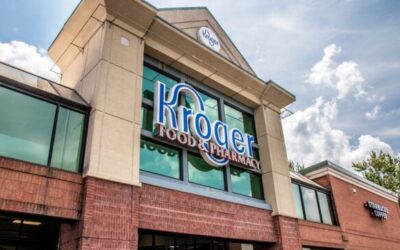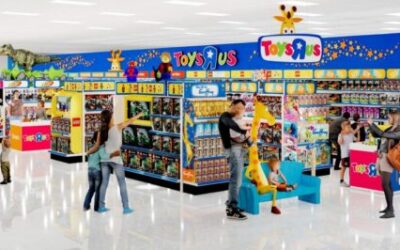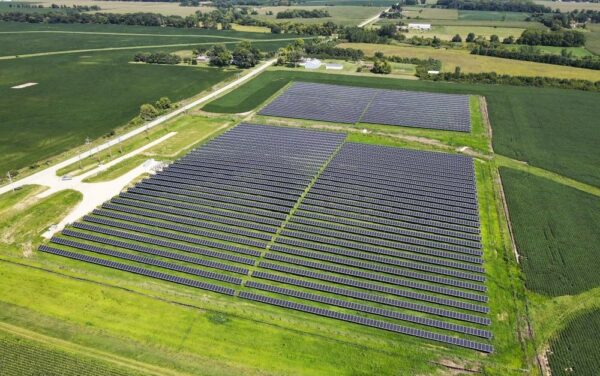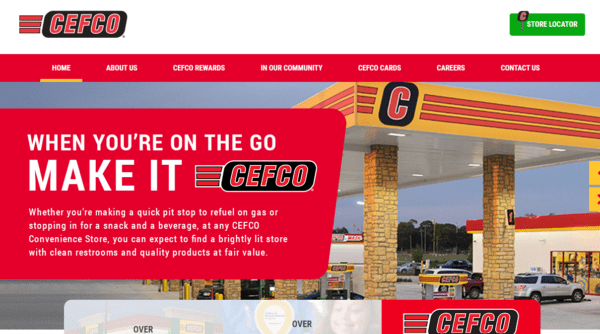Amazon Nearly Quadruples Same- and Next-Day Prime Delivery Volume Over 2019
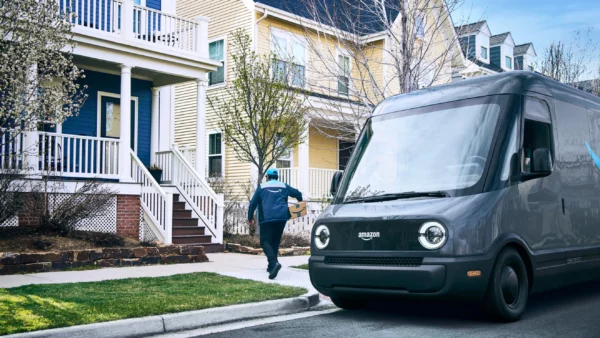

Amazon said it hit its fastest Prime delivery speeds ever last quarter, with more than half of Prime member orders in the 60 largest U.S. metro areas arriving on the same or next day. So far this year the company has delivered more than 1.8 billion units to U.S. Prime members the same or next day, nearly 4X the number of orders delivered at those speeds by this point in 2019, according to Doug Herrington, CEO of Worldwide Amazon Stores.
This increase has been achieved through a series of operational improvements, most notably the “regionalization” of the company’s delivery network. While previously orders were fulfilled from any distribution center across the country, now Amazon’s warehouse network has been divided into eight regions, each serving a smaller demographic area. As a result, more than 76% of the orders Amazon fulfills now come from within the customer’s region.
To ensure that the right products are in the right region, Herrington said in a blog post that the company uses advanced machine learning algorithms to predict where to place items within the network, and then works with vendors and selling partners to store those products closer to customers.
Amazon also has been investing in a network of Same-Day delivery facilities that are “designed for speed with smaller footprints, streamlined conveyors and picking directly to pack stations,” said Herrington. The average time from picking a customer’s items to positioning the customer’s package on the outbound dock is now down to 11 minutes in Same-Day facilities, more than one hour faster than in Amazon’s traditional fulfillment centers, according to Herrington, who added that the company plans to double the number of Same-Day sites it operates in the coming years.
Adding to these efforts may be other programs like Hub Delivery, which the company quietly debuted in June 2023. Hub Delivery enlists small businesses across the country to deliver Amazon orders, and the company is now actively looking for 2,500 local businesses to “jumpstart” the program, following a pilot with a few hundred partners.
“Prime has grown over the years to include savings, convenience and entertainment all in a single membership, yet fast and reliable delivery across a wide selection of products remains the cornerstone of our offering and an enduring priority for us,” said Herrington. “If we continue to invest in improving delivery speeds and an ever-growing product selection, customers will continue to choose Amazon and Prime.”
Herrington also touted the halo effect from these efforts: in addition to faster shipping speeds, the company has been able to reduce emissions and delivery costs while maintaining worker safety standards. Since the beginning of this year, the distance between Amazon fulfillment sites and the customer has decreased by 15%, with 12% fewer touch points in the middle-mile network. At the same time, Herrington said that the company has seen a 23% reduction in its U.S. recordable incident rate and a 69% reduction in its lost time incident rate from 2019 to 2022.
“It’s easy to assume the faster we deliver, the faster employees work — but that couldn’t be further from the truth,” said Herrington. “The speed improvements we’re making come primarily from placing products closer to customers. The people picking, packing and driving to your house are doing the exact same thing for orders that arrive the same or next day as orders that used to take two or three days. What’s changed is the product is traveling fewer miles and experiencing fewer handoffs between the time you place an order and the time it gets to your door.”
This is an important point for the company, which finds itself under increasing pressure as workers continue to push for unionization across the country and the conditions in its warehouses come under governmental scrutiny.






